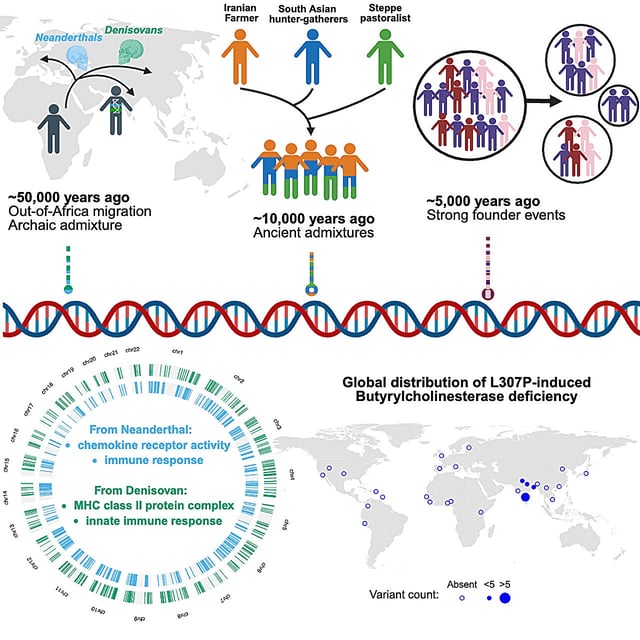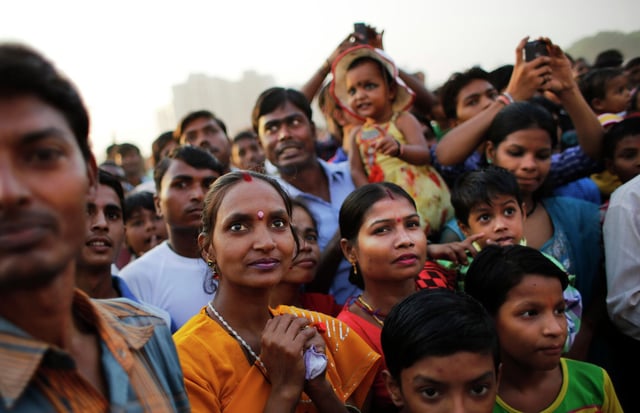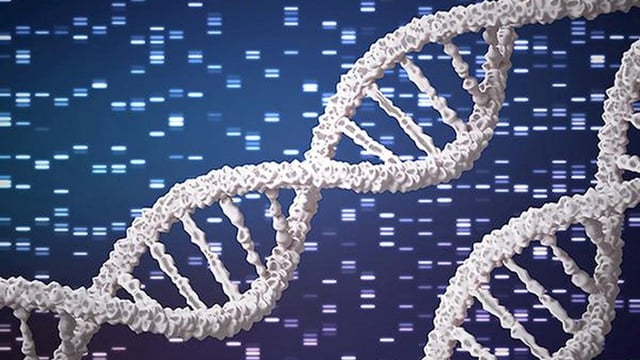Overview
- Researchers sequenced whole genomes of 2,762 individuals from diverse linguistic, geographic and social communities to build the most comprehensive genomic map of India to date.
- The dataset shows India harbors the highest variation in Neanderthal ancestry among non-Africans, enabling reconstruction of about 50% of the Neanderthal genome and 20% of the Denisovan genome.
- East and Northeast Indian groups carry additional East Asian–related ancestry reaching as much as 5%, reflecting gene flow after the Gupta Empire’s decline.
- Centuries of endogamy produced strong founder effects and elevated homozygosity that have enriched population-specific pathogenic variants linked to autosomal recessive disorders.
- The next phase will extend sampling to isolated communities and integrate epigenomic and proteomic analyses to trace the emergence of disease-linked genes.



